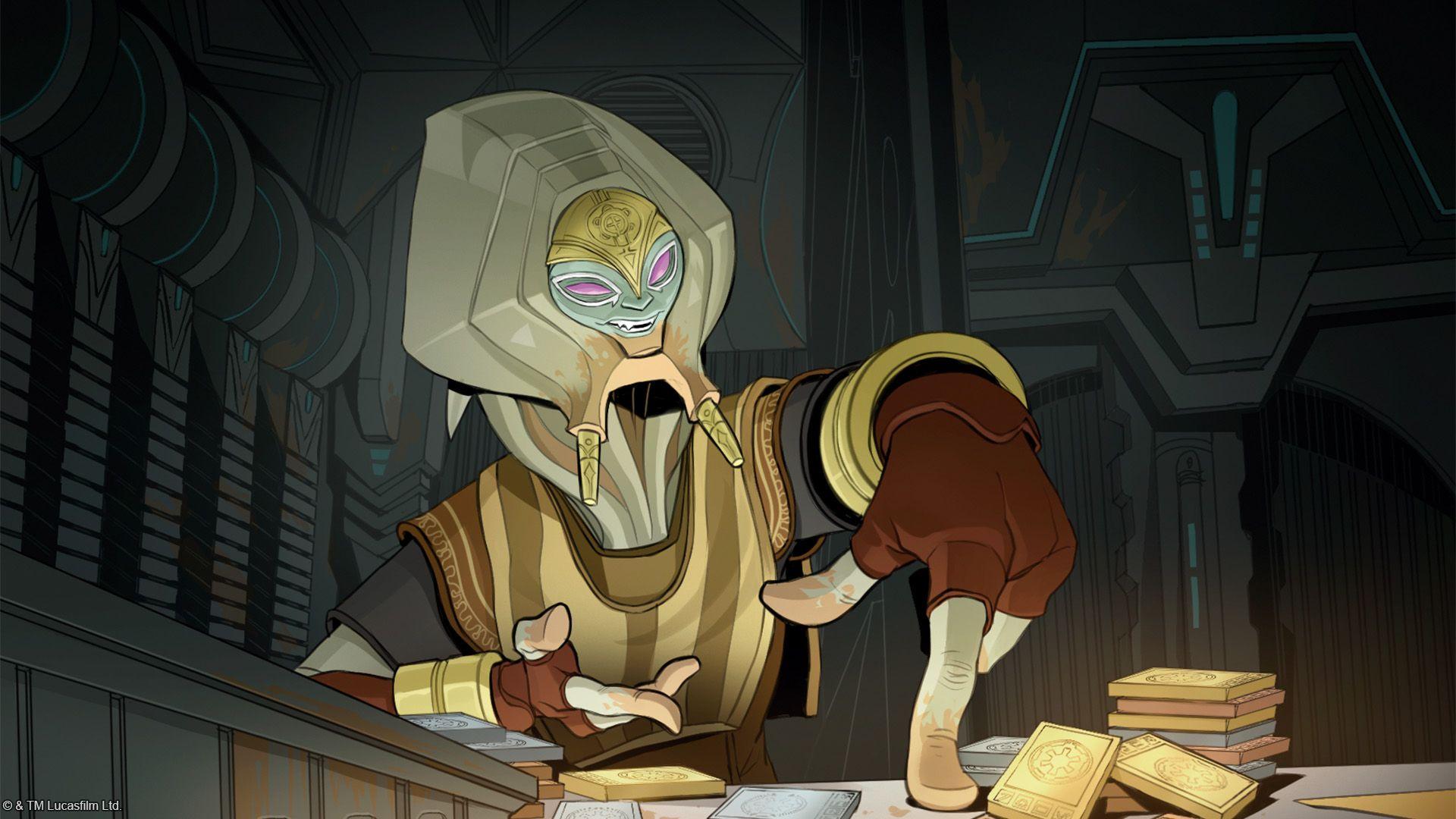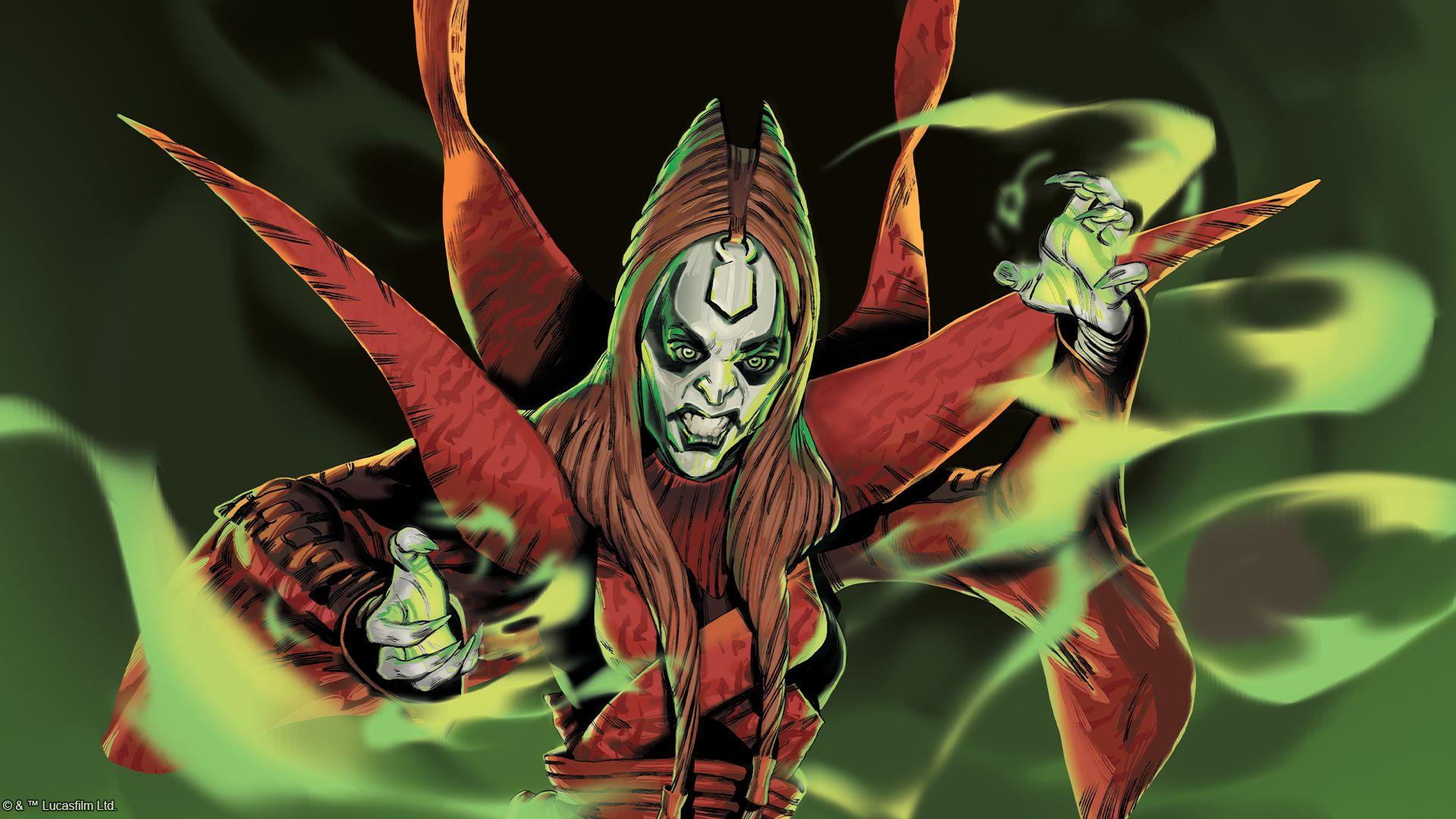Insights of Twilight: Tyler Parrott
As we count down the days to the release of Twilight of the Republic—the third set of Star Wars™: Unlimited—we’d like to share some insights from the designers. Today, we’ve got some Q&A with Tyler Parrott, one of the original designers of the game and one of this third set. Let’s see what he has to say!

Players have been anticipating Clone Wars era content for a while now. While designing Twilight of the Republic, what sort of things did you feel were necessary to include?
Clones and battle droids, of course! When we built the set around these two foundational token units, that put our focus clearly on the industrial military conflict of the Clone Wars. This meant all of the characters you’d expect: a bunch of named clones from the Star Wars: The Clone Wars™ show and the Jedi generals to lead them, the leaders of the Confederacy, Jango Fett, and at least one Kaminoan. We wanted to get all of the cool droids that make up the Separatist army and as much variety among the clone troopers as possible. Trying to overlap the variety of concepts we wanted to hit on with the mechanical structure of the set was sometimes a challenge, but I think we did a great job. And of course, we had to get a handful of memorable quotes, like “I Have the High Ground” (Twilight of the Republic, 72), into card titles!
How was designing Twilight of the Republic different from designing the previous two sets? What unique challenges did the third set bring to the table?
One of the first things we decided on was “no Experience or Shield tokens.” It was a soft rule—if we found that the set really needed them we could add them back in—but the restriction (alongside the new unit tokens) successfully led us towards card designs that we otherwise may not have gotten to, which resulted in a set that feels uniquely different from the ones that came before. Once we were working with the token units, however, an unexpected challenge was trying to evaluate how much stronger (or weaker) a 4/4 was compared to a pair of 2/2s, or four 1/1s. Now that one card could make multiple units, what was the advantage to having multiple units compared to a single large one?
What are you most looking forward to about Twilight of the Republic? What do you think will be most exciting for players?
Personally, I’m most looking forward to getting to play with lots of units. I love threats that are resilient to normal efficient removal (like Open Fire or Takedown), and more units on the table means more decision points for both players, which generally leads to games being more fun. Combine that with the extremely compelling theme of building an army of clones or droids, and Twilight of the Republic produces some of my favorite games of the first year of Star Wars: Unlimited.
As for the general player base, I’ve been seeing requests for prequel-era content, especially the fan-favorite Jedi, since before the game even launched. We have some unbelievably cool leaders in this set, featuring the debut appearance of many beloved characters like Anakin Skywalker and Count Dooku as leaders. I think players are going to be extremely excited to play with the unique designs we’ve given to these characters in this set.
What’s your favorite card from Twilight of the Republic, and why?
One of my favorite episodes of the Clone Wars is called out in the title of a common card, Heroes on Both Sides (Twilight of the Republic, 249). I was instantly enamored with the exploration of what a “normal” Separatist would be like, and why someone would want to support Count Dooku’s rebellion, and it gave me an extremely thematic and unique opportunity to create a card that rewarded players for playing Republic and Separatist cards together in the same deck, something that would occur naturally in draft but usually not be advantageous. Pair it with some adorable art of Ahsoka and Lux Bonteri flirting in the garden, and I was able to make a card that can hopefully support a distinct and memorable draft archetype for Heroism decks.
Token units are a significant new element to Star Wars: Unlimited. How do you think the addition of token units to the game will shape how people play going forward?
I think they’re going to change how people build control decks. You can’t always rely on your Open Fire or even your Daring Raid to deal with a full card by itself, so people are going to need to adjust to using cards that can deal with multiple units at once (some of which are tools in the new set). But doing this will leave players vulnerable to upgrade-based strategies, and therefore units are going to prove more flexible than event-based removal. I think deciding when to control the board and when to attack the base is going to be a more difficult and more meaningful skill once Twilight of the Republic drops.
The game has been out for six months now. In your opinion, how will Twilight of the Republic shake up the developing metagame? What underutilized cards from the first two sets do you think will receive a boost from the new one?
There are a lot of cards from Twilight of the Republic that are going to reward players for having lots of units in play, so the inexpensive cards from Spark of Rebellion and Shadows of the Galaxy are going to get better as I expect some players to race to fill the board quickly. By contrast, I wouldn’t be surprised to see cards like Fifth Brother or Darth Vader (leader version) rise in value as they can more easily deal with opposing Battle Droid tokens without attacking them. Personally, I hope to see General Tagge see play now that it’s so much easier to get lots of value out of him.
Are there any additional thoughts about Twilight of the Republic that you would like to share?
This set has a lot of exciting characters from the Clone Wars era, but keep your eyes out for other characters that might have snuck into the set. We still had Set 1 leaders in mind when we were designing the set, and you might be seeing new versions of some characters sooner than you think…
Written by Peter Schumacher
Share This Post



